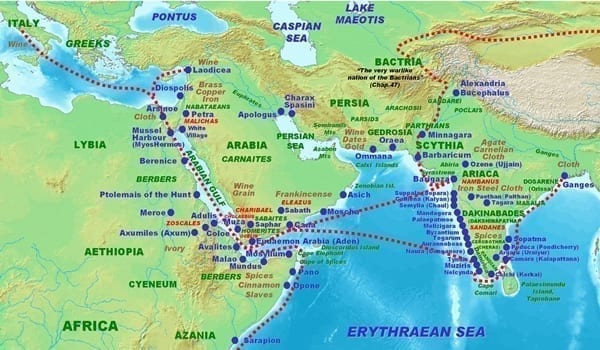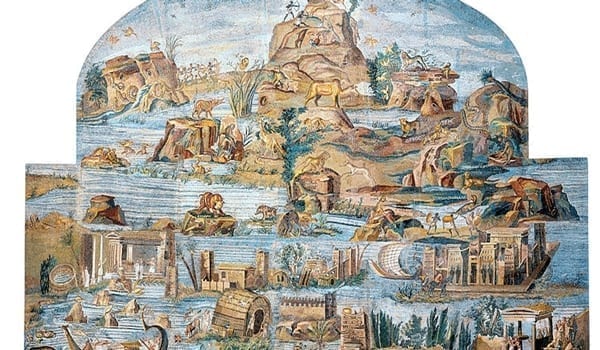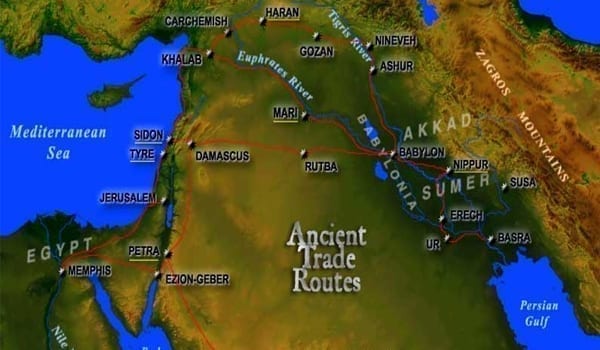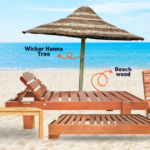Who Did Egypt Trade With ? Early instances of antiquated Egyptian exchange included contact with Syria the fifth century BCE, and importation of ceramics and development thoughts from Canaan in the fourth century BCE. At this point, delivering was normal, and the jackass, camel, and pony were trained and utilized for transportation. Lebanese cedar has been found in the burial chambers of Nekhen, dated to the Naqada I and II periods. Egyptians during this period likewise imported obsidian from Ethiopia, gold and incense from Nubia in the south, oil containers from Palestine, and different merchandise from the desert gardens of the western desert and the way of life of the eastern Mediterranean. Egyptian antiques from this period have been found in Canaan and parts of the previous Mesopotamia. In the last 50% of the fourth century BCE, the gemstone lapis lazuli was being imported from Badakhshan (current Afghanistan).
Not long before the First Dynasty, Egypt had a province in southern Canaan that created Egyptian ceramics for fare to Egypt. In the Second Dynasty, Byblos gave quality wood that couldn’t be found in Egypt. By the Fifth Dynasty, exchange with Punt gave Egyptians gold, sweet-smelling pitches, black, ivory, and wild creatures. Egypt likewise exchanged with Anatolia for tin and copper to make bronze. Mediterranean exchanging accomplices gave olive oil and other fine products.
Read
Who Did Egypt Trade With ?
Land Trade Routes
An all around voyaged land course from the Nile to the Red Sea crossed through the Wadi Hammamat, and was known from predynastic times. This course permitted voyagers to move from Thebes to the Red Sea port of Elim, and prompted the ascent of old urban communities.

Another course, the Darb el-Arbain, was utilized from the hour of the Old Kingdom of Egypt to exchange gold, ivory, flavors, wheat, creatures, and plants. This course gone through Kharga in the south and Asyut in the north, and was a significant course among Nubia and Egypt.
Exchanges and artworks
Stone and dirt pots include one of the main classes of Egyptian antiquities. They assist us with understanding the advancement of the way of life from the Predynastic Period to the furthest limit of the pharaonic time. The banks of the Nile gave the mud and earth used to make artistic product. Food was prepared in earth pots, which additionally filled in as holders for grains, water, wine, lager, flour and oils. Crates were the other kind of holder found in the home. They were produced using reeds and the leaves of date palms that developed along the Nile.

Gifted craftsmans were viewed as socially better than basic workers. They took in their specialty from an expert who guaranteed expressive congruity in the wonderful articles they made for the living and the dead. Ladies occupied with weaving, scent making, preparing and embroidery. Not many imaginative manifestations were marked, and extraordinary capacity was remunerated through expanded economic wellbeing.
Sea Trade Routes
Egyptians manufactured boats as ahead of schedule as 3000 BCE by lashing boards of wood together and stuffing the holes with reeds.

Pharaoh Sahure, of the Fifth Dynasty, is known to have sent boats to Lebanon to import cedar, and to the Land of Punt for myrrh, malachite, and electrum. Sovereign Hatshepsut sent boats for myrrh in Punt, and expanded Egyptian exchange into cutting edge Somalia and the Mediterranean.







